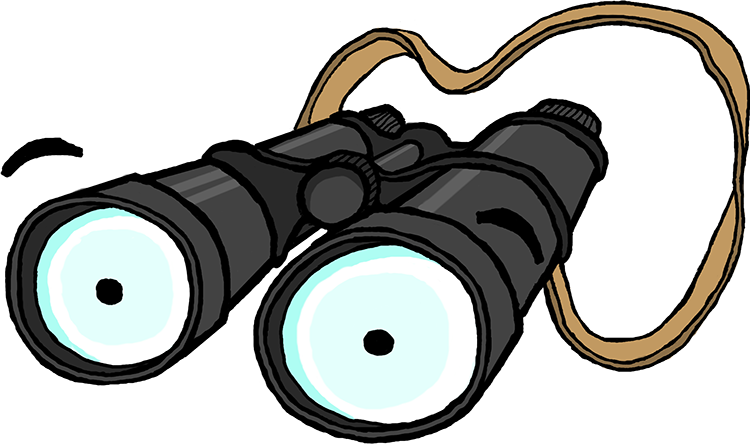Media and Propaganda
The use of media and propaganda during the First World War served a multitude of purposes. It was not only used to encourage young men to sign up to the army, it also aimed to keep morale high, and maintain the nation’s will to fight.
Recruitment campaigns
The most well-known campaign was that of Lord Kitchener’s appeal for volunteers to sign up to the army. Lord Kitchener was Secretary of State for War and had been a career soldier; he believed the war would last up to four years and millions of men would need to be mobilised to win the war. Therefore he created a new volunteer army – soldiers had to be at least 18 years old to join, and 19 before they could be sent abroad to fight.
Due to Lord Kitchener’s recruitment campaigns it was realised that more men joined if they were able to serve alongside their friends and relatives. And so, to encourage friends to join together Lord Kitchener’s Pal Battalion recruitment campaign was created. On 21st August 1914 the first Pals Battalion was raised from stockbrokers in London. The first of the battalions began arriving on the Western Front after training, in the middle of August 1915. A direct consequence of such battalions was that there were disproportionate losses among some villages and towns as these Pals died together. Some villages lost nearly all the men who joined up. Others lost none.
Propaganda techniques
As government became more desperate for help toward the war effort they developed new techniques in the hopes that their propaganda would reach all.
Perception of the Enemy
To the Brits, Germany was death and destruction, they were seen as a dangerous enemy that was killing their men and had to be defeated. This technique became problematic as there were over 50,000 Germans living in Britain. Throughout the war there were lots of anti-German sentiment in national newspapers and propaganda which on occasion made direct links between Germans living in Britain and the actions of the German Army. Anti-German riots broke out after Zeppelin air raids and when a German U-boat sunk the Lusitania resulting, in many German businesses coming under attack.
National Pride
The war was portrayed as a group effort; every person was faced with loss so all felt they had to play their part. There was one shared goal and that was winning the war and protecting Britain. People were encouraged to see what their neighbours and friends were doing. The message was clear, if everyone got together, they could win.
Media
Posters and newspapers were also used to encourage men to volunteer for the war effort. Posters targeted women and children in the hopes they would persuade more men to join the army. They also appealed to women to join the Women’s Land Army, and non-combatant organisations such as the Women’s Army Auxiliary Corps (WAAC).
DID YOU KNOW...?
The Tribunal newspaper was published from 1916 to 1919 by the No-Conscription Fellowship. It included pieces on the experiences of Conscientious Objectors, and opinions articles on conscription. The paper was under constant threat of censorship by the British Government.
Censorship
Defeat in conflict is not confined to the battlefield, maintaining a nation’s will to fight is just as important as having a strong army. The British government dealt with domestic dissent by setting up the National War Aims Committee (NWAC) in 1917 as a semi-official group to craft and distribute pro-war messages. To help politicians deny that they were stifling free speech, the NWAC paid freelance journalists and worked with unions, labour organisations and church groups to tailor what was said to the public.

